EXPO Chicago 2017: the highlights
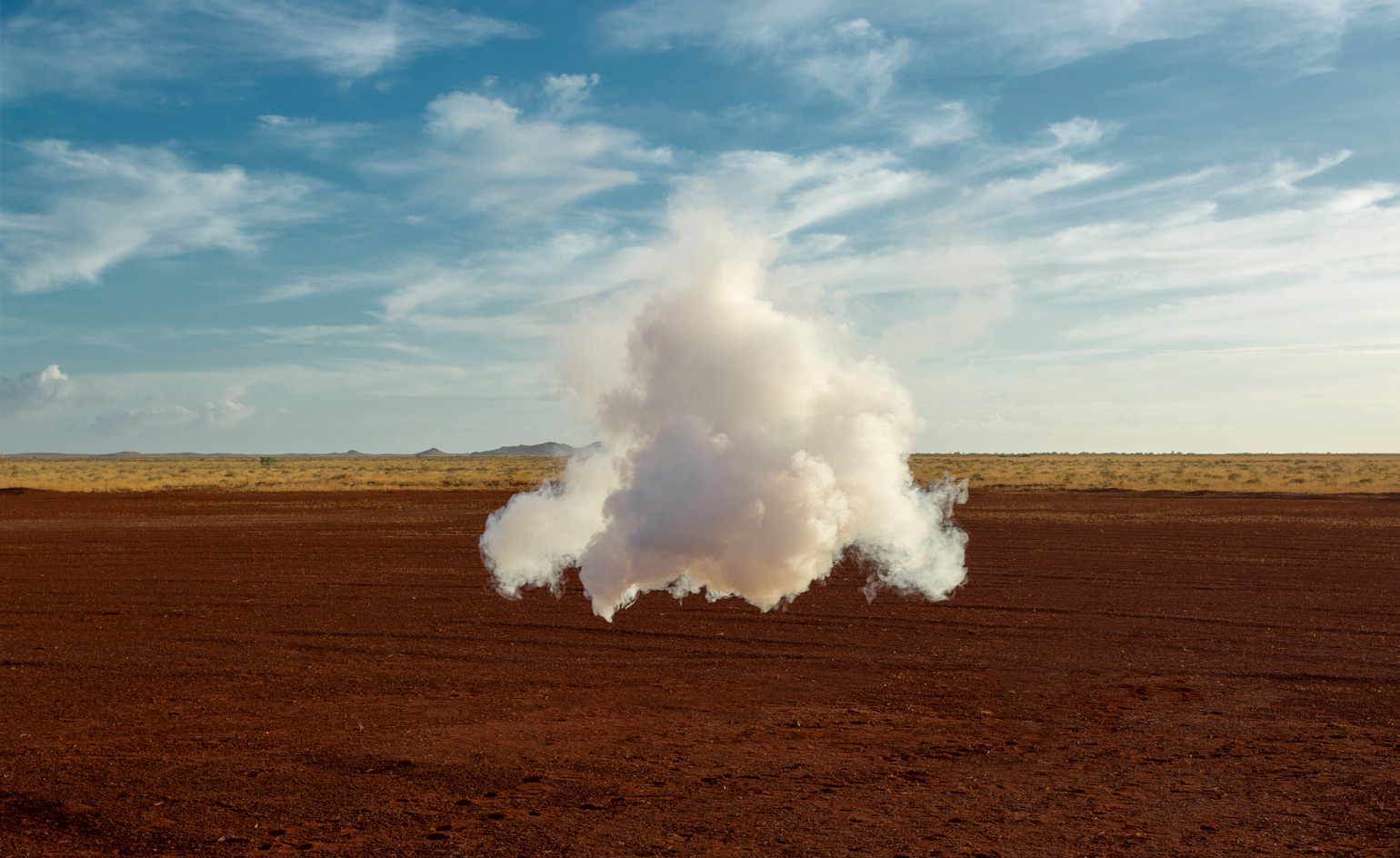
Though it hasn’t always been known as EXPO Chicago, there’s been a thriving international art fair in Chicago for almost four decades. In its new incarnation under current director and president Tony Karman, the fair returned to its original venue in 2012 – the charming lakeside attraction that is Navy Pier – and continues to grow and refine itself.
Some 135 international galleries and dealers were present this year (including big names David Zwirner, Gagosian, Galerie Perrotin and Carpenters Workshop Gallery) and art was presented in a pleasingly wide variety of ways. ‘Commerce obviously has to take place for an art fair to exist,’ says Karman, ‘but so does the intellectual commitment to what’s happening in the international art world; the loftier side of this amazing relationship between an artist and a collector, museum or art enthusiast.’
Accordingly, a series of 30 talks examined current issues in contemporary art and its links with architecture; public installations were dotted around the EXPO venue (a woven cascade of almost 19,000 dice by British trio Troika and a delicate sculpture by Isa Genzken were respective examples of both). Meanwhile, a series of audio installations took over the Navy Pier’s existing sound system, the Palais de Tokyo put on its first satellite show ever in the DuSable Museum of African History’s historic and compelling Roundhouse space, and the Override programme saw several billboards on the motorway leading to the Chicago O’Hare airport taken over by 12 international artists.
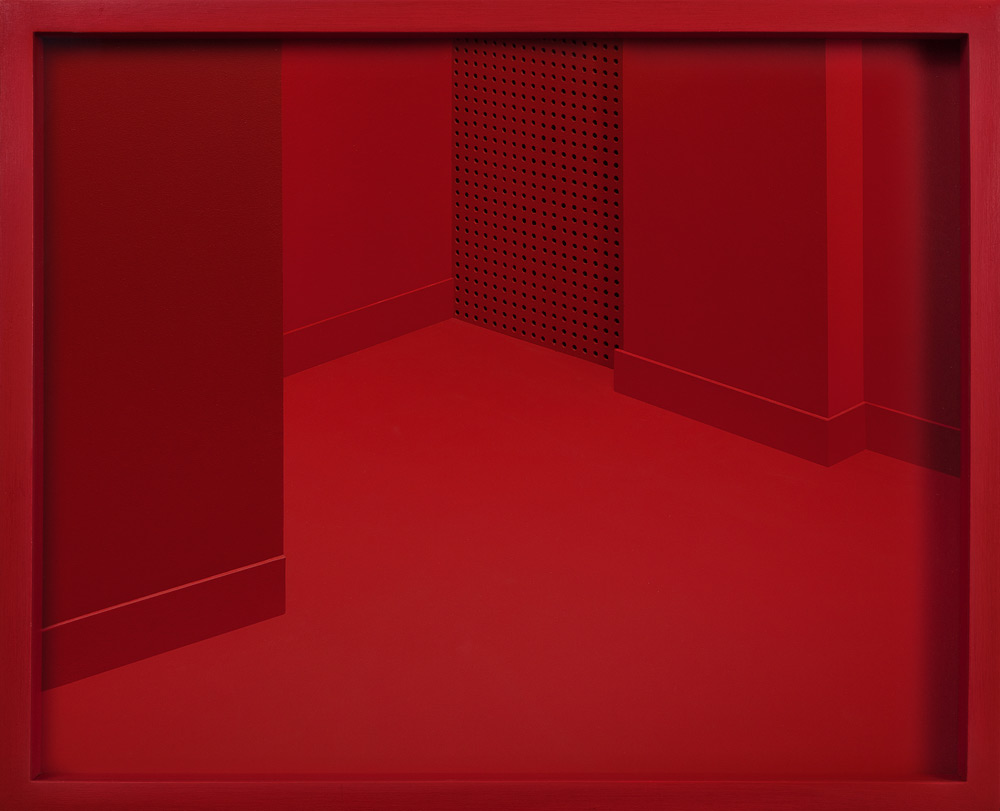
Untitled, 2015, by Liat Elbling.
One particularly interesting section, Exposure, focused on galleries younger than eight, and was curated for the first time by someone external – Justine Ludwig, senior curator at Dallas Contemporary – resulting in a more considered presentation and selection of the artists shown.
Standouts in this section were Vadis Turner’s large tactile pieces covered in upcycled and antique quilts, ribbons, fabric dye, charred wood and acrylic paint for New York’s Geary Contemporary. They explored the idea of heirlooms and the different forms they can take. Another of her pieces, Siren Swing, was made out of resin and contained the tears and sweat of 22 ovulating women, bonding them from different generations in a very visceral way.
Also in the Exposure section, Brooklyn-based Japanese born artist Yuken Teruya’s mesmerising and otherworldly paper tableaux were shown by Pueblo Garzón-based Gallery Piero Atchugarry. Using paper totes or bags of big corporate brands as his canvas, Yuken cuts out impossibly delicate silhouettes of trees – the bags do the rest, creating a dappled light effect, sometimes bathing the tree in colour. The almost unnaturally serene scenes he creates appear artificial – perhaps our idea of what nature should be instead of the reality – and the resulting unease speaks of our consumer and capitalist excesses and the tolls they place on our environment.
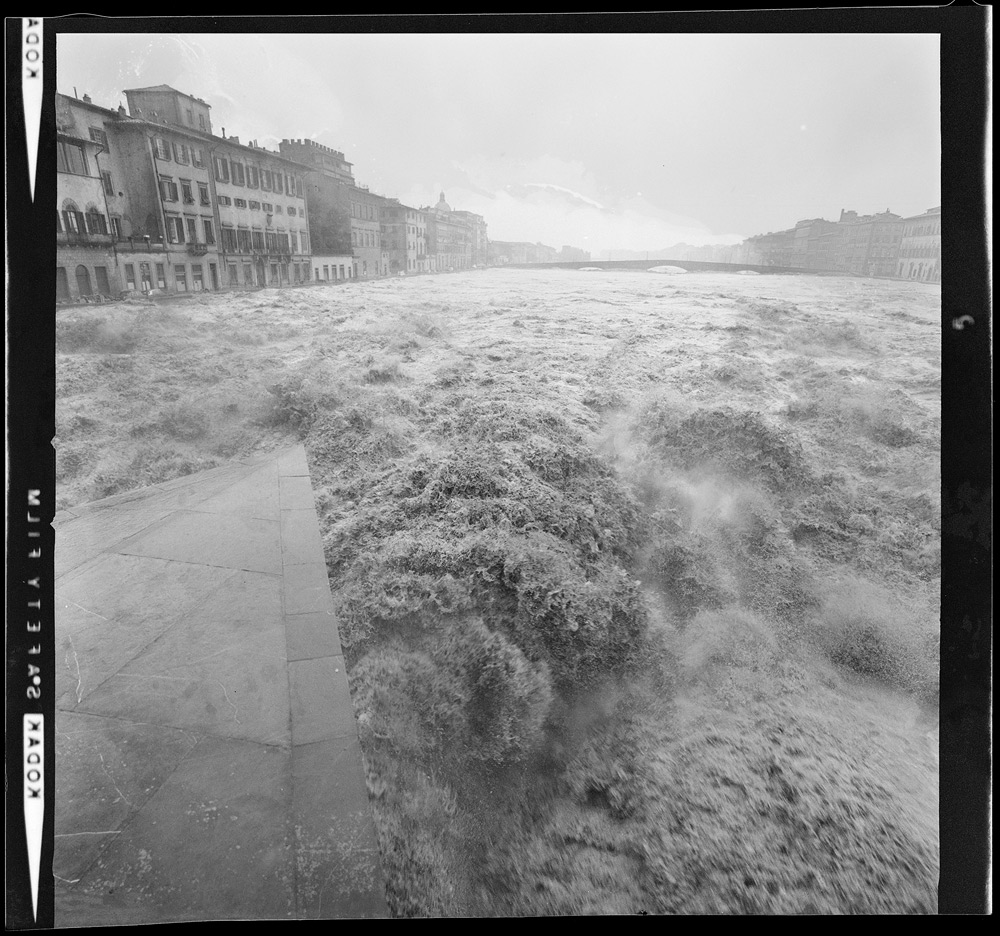
Vintage print from the Florence Flood collection, 1966,
Also on the political or social spectrum was an interactive installation on the upper floor, Protest Banners Talking Back, that was part of the VIP (Very Important Platforms) programme. It featured Aram Han Sifuentes’ library of textile banners and a communal art making space to encourage people to make new ones in a very timely show solidarity to those resisting inequality and oppression.
To mark the fact that the second ever Chicago Architecture Biennial opened on the same day as EXPO Chicago (a conscious move says Karman) local artist Nick Cave and Chicago’s hottest architect Jeanne Gang teamed up for the performance piece Here Hear Chicago, which premiered on opening night. Against a soulful soundtrack of jazz, a series of lab-coated assistants slowly and methodically dressed seated dancers in a series of sculptural metal cages on to which they added a series of weird and wonderful colourful fringes and objects.
Only once fully encased in Cave’s elaborate, eclectic and surprisingly loud ‘soundsuits’ did the dancers get up and move about with wild abandon. Gang’s contribution may have been minimal – a forest of silver buoys that the dancers ran through and tussled with on the way into the performance – but the costumes were a form of architecture and cladding that merged with immersive art (not to mention dance and abstract jazz) in an entirely original and memorable way.
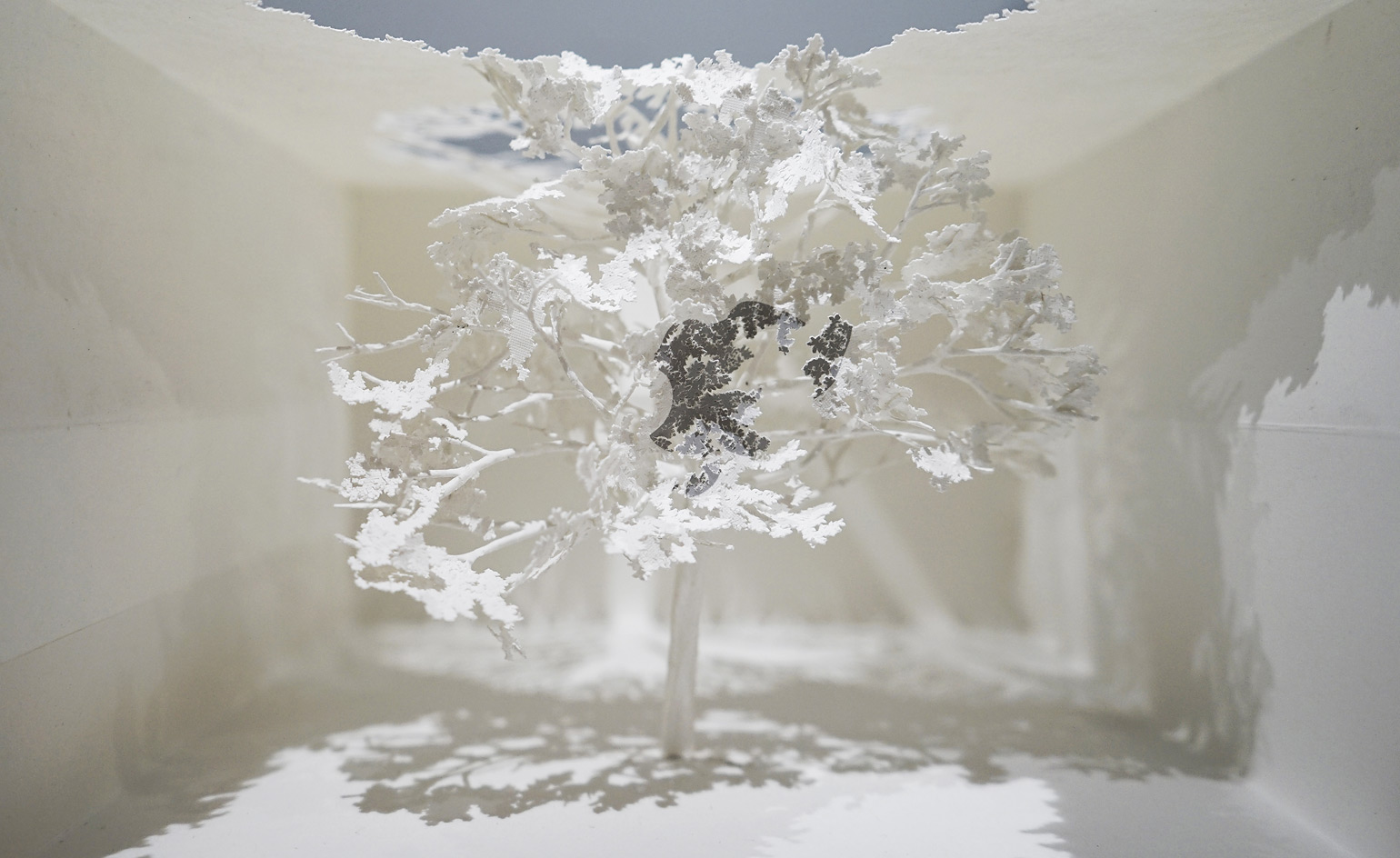
Detail of Notice Forest (Apple), 2017, by Yuken Teruya.
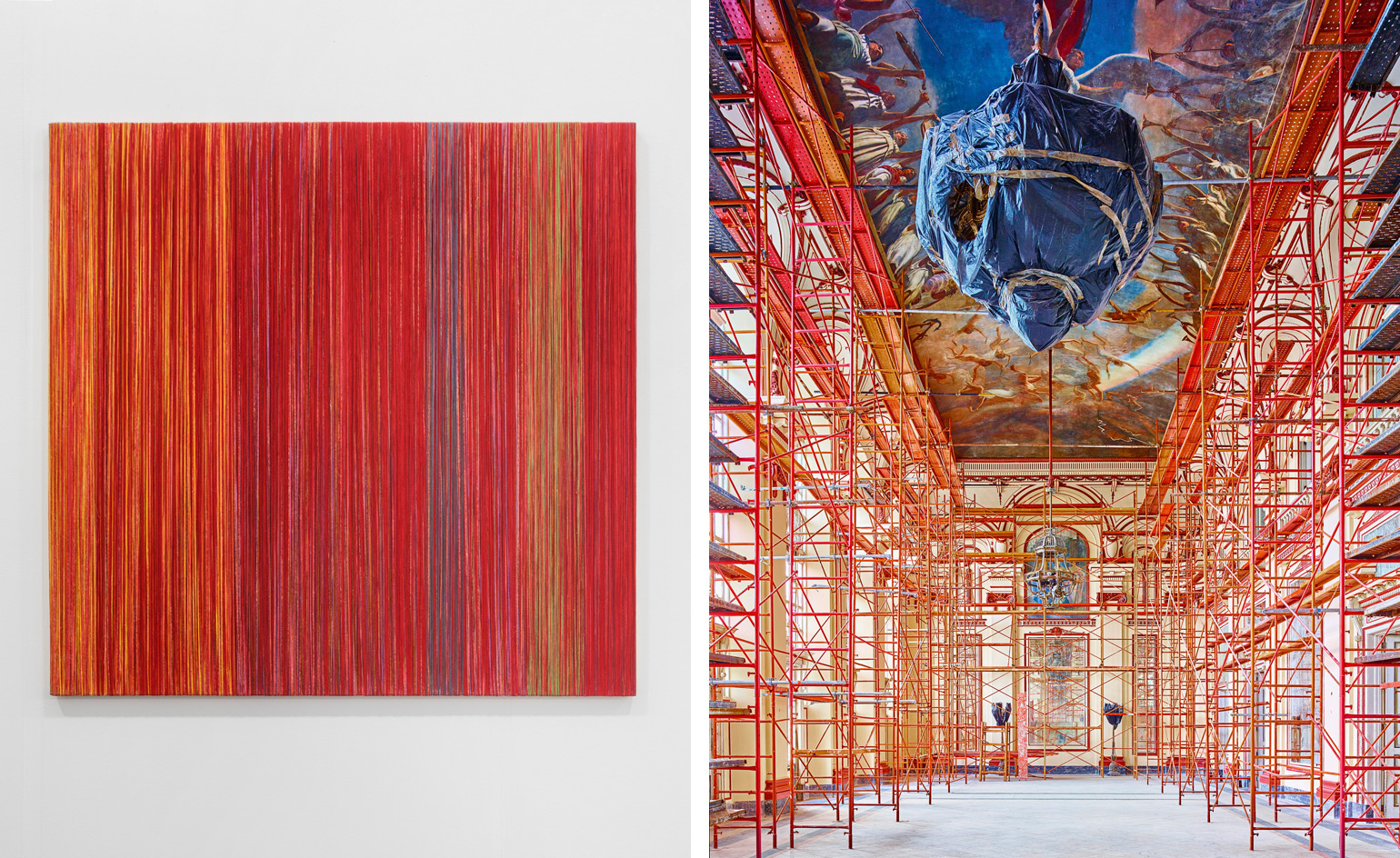
Left, Toluca, 2016, by Sheila Hicks. Courtesy of the artist and Galerie Frank Elbaz, Paris/Dallas. Right, Interior Restoration, Havana, Cuba, 2014, by David Burdeny.
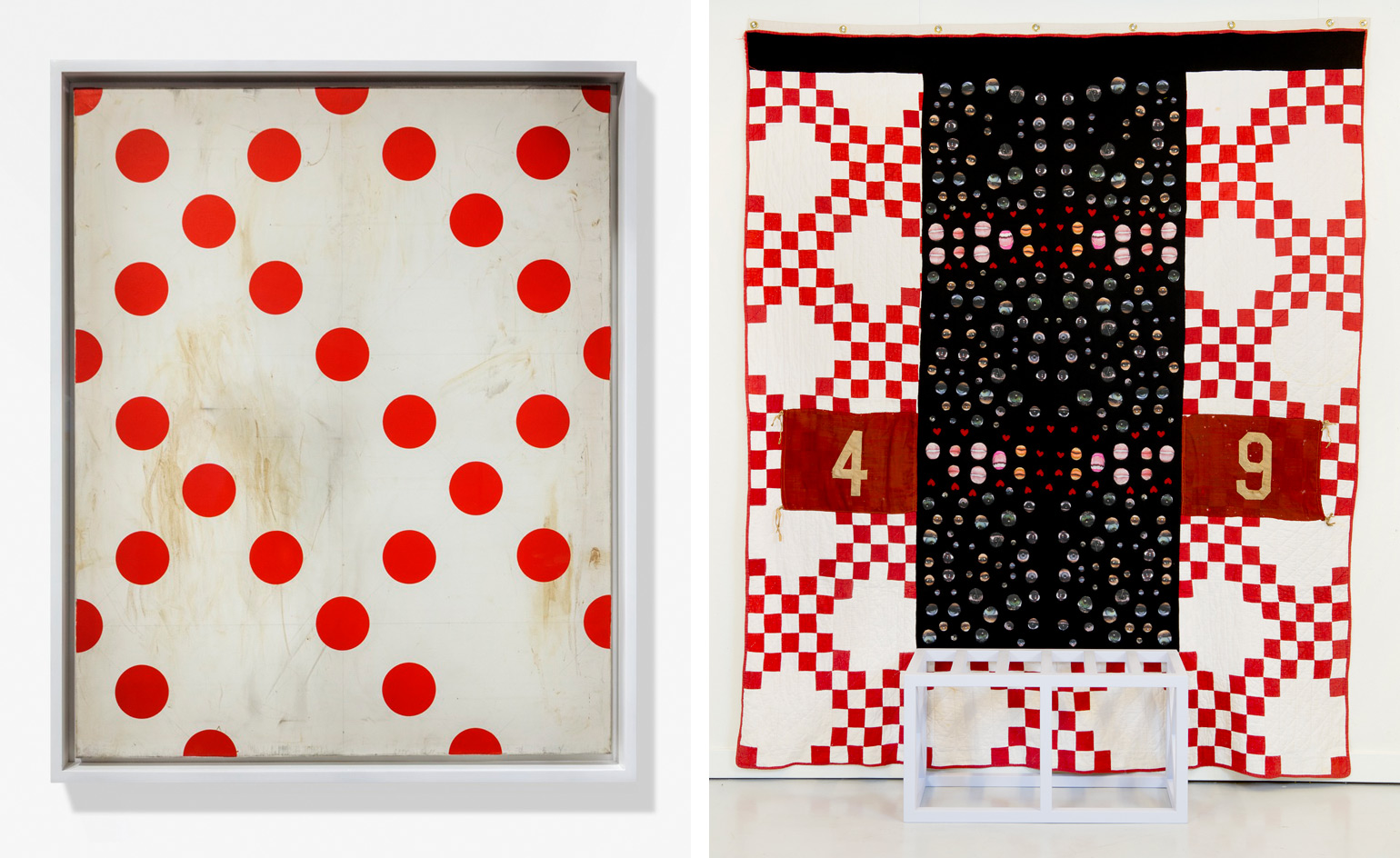
Left, Untitled, 1994, by Kim Yong-Ik. Right, Slow Blossoming, 2017, by Diana Guerrero-Maciá.
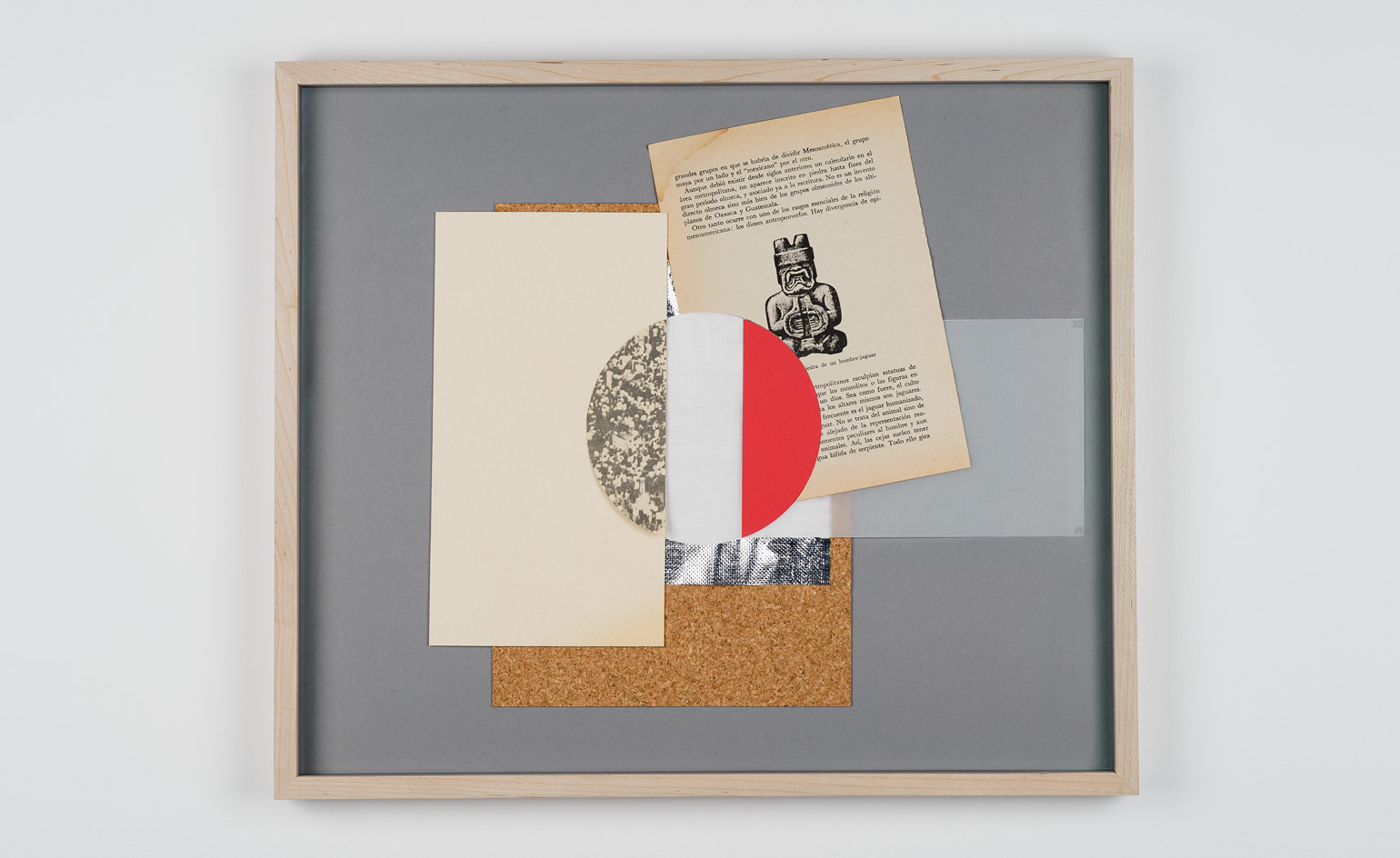
Signo, 2016, by Tercerunquinto.
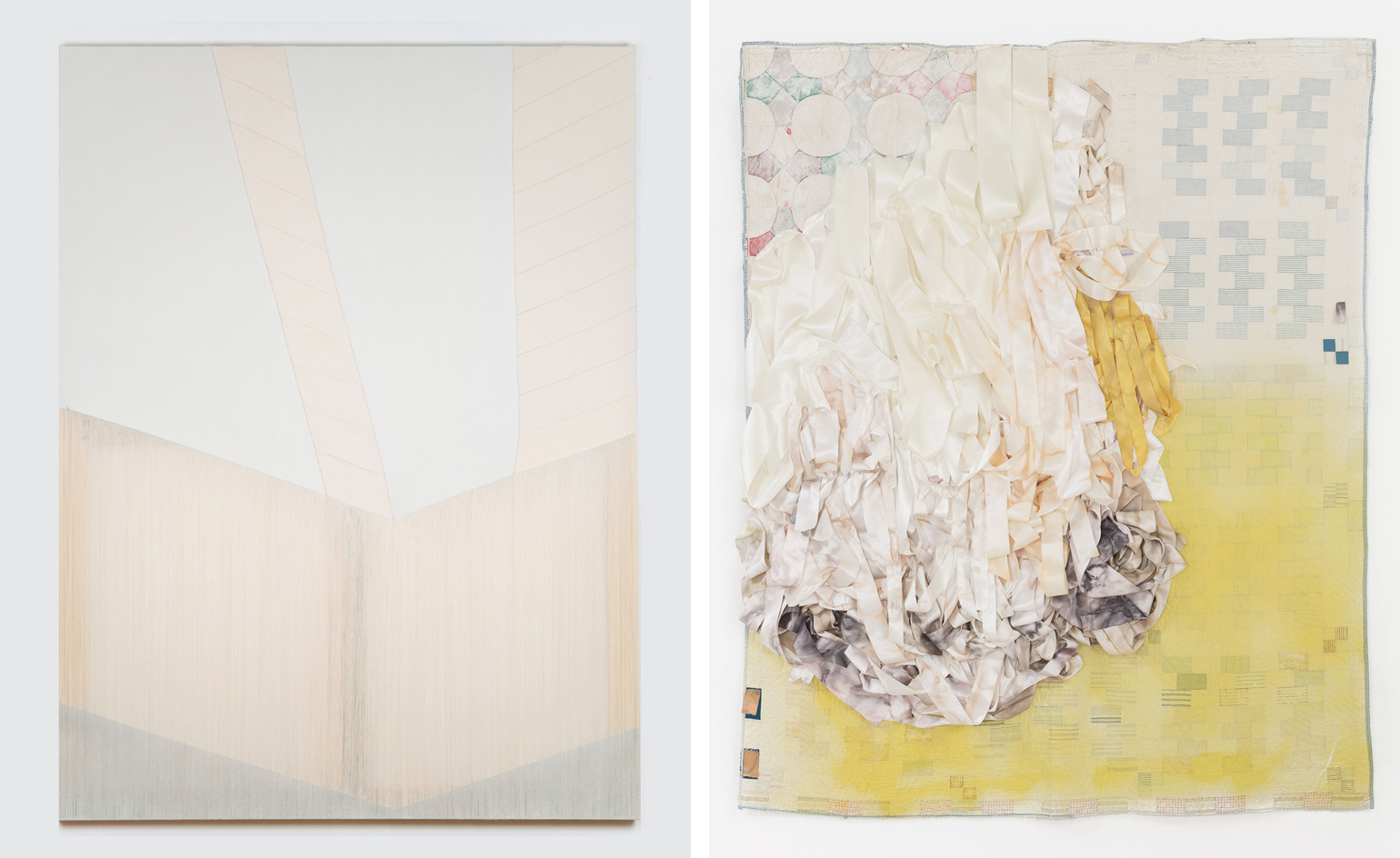
Left, Ribbing, 2017, by Rebecca Ward. Right, Place Heirloom 1, Sunrises and Lakes, 2017, by Vadis Turner.

Left, Cough Control, 1961-62, by Alfred Leslie. Right, Good Fortune Landing, 2017, by Gaudin.
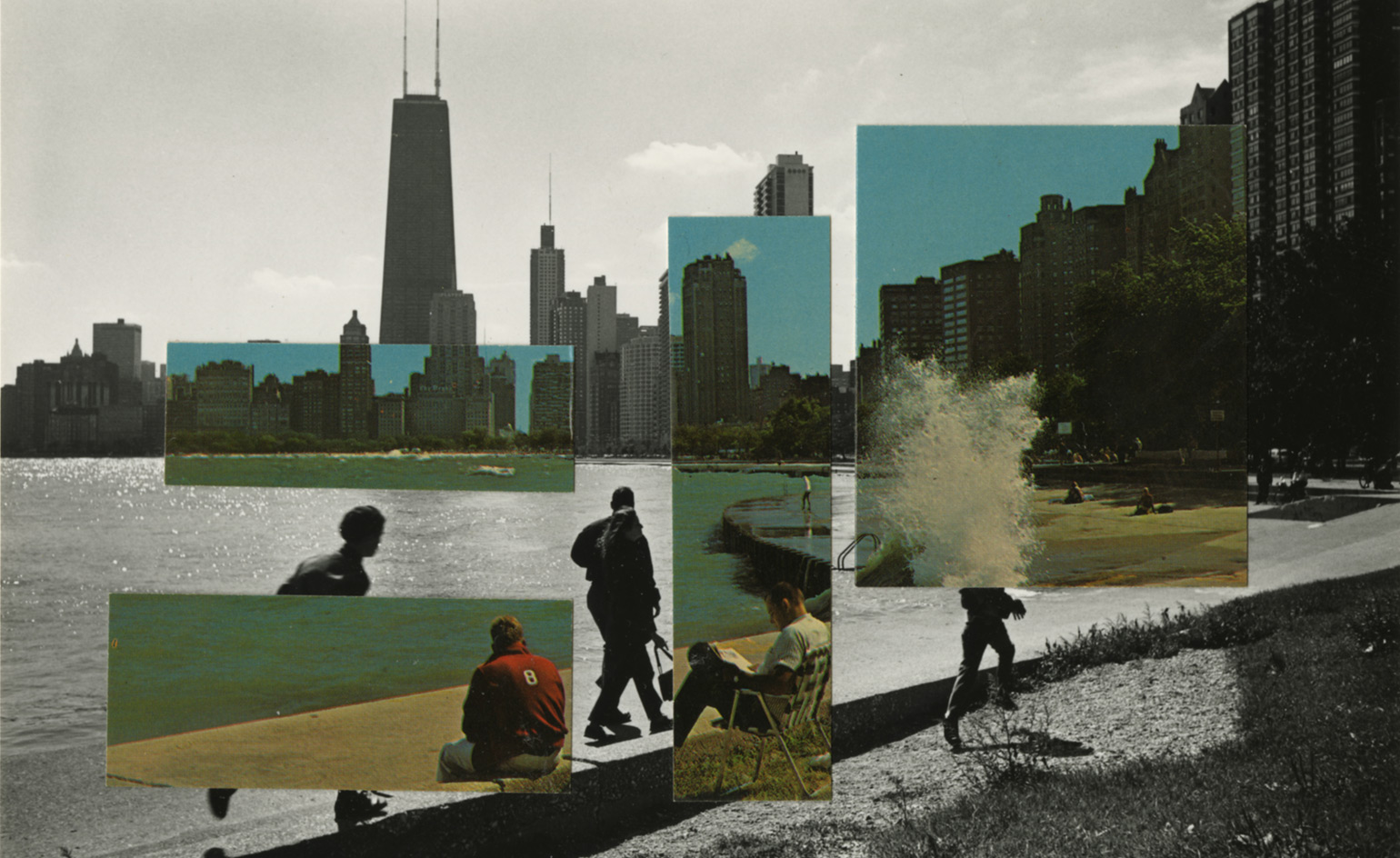
Chicago, 1972, by Kenneth Josephson.
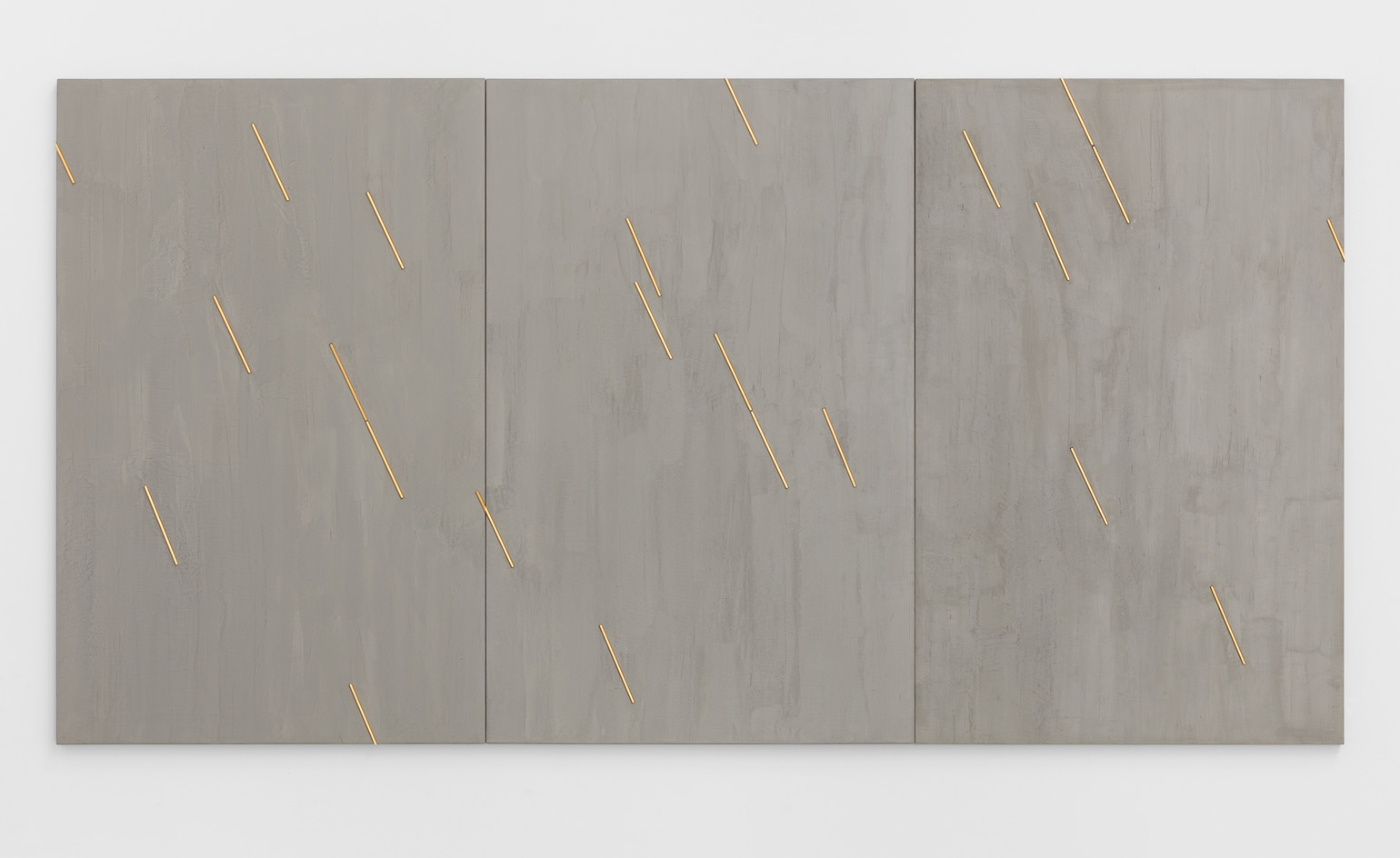
Data Storm (West Wind), 2017, by Pedro Barateiro.
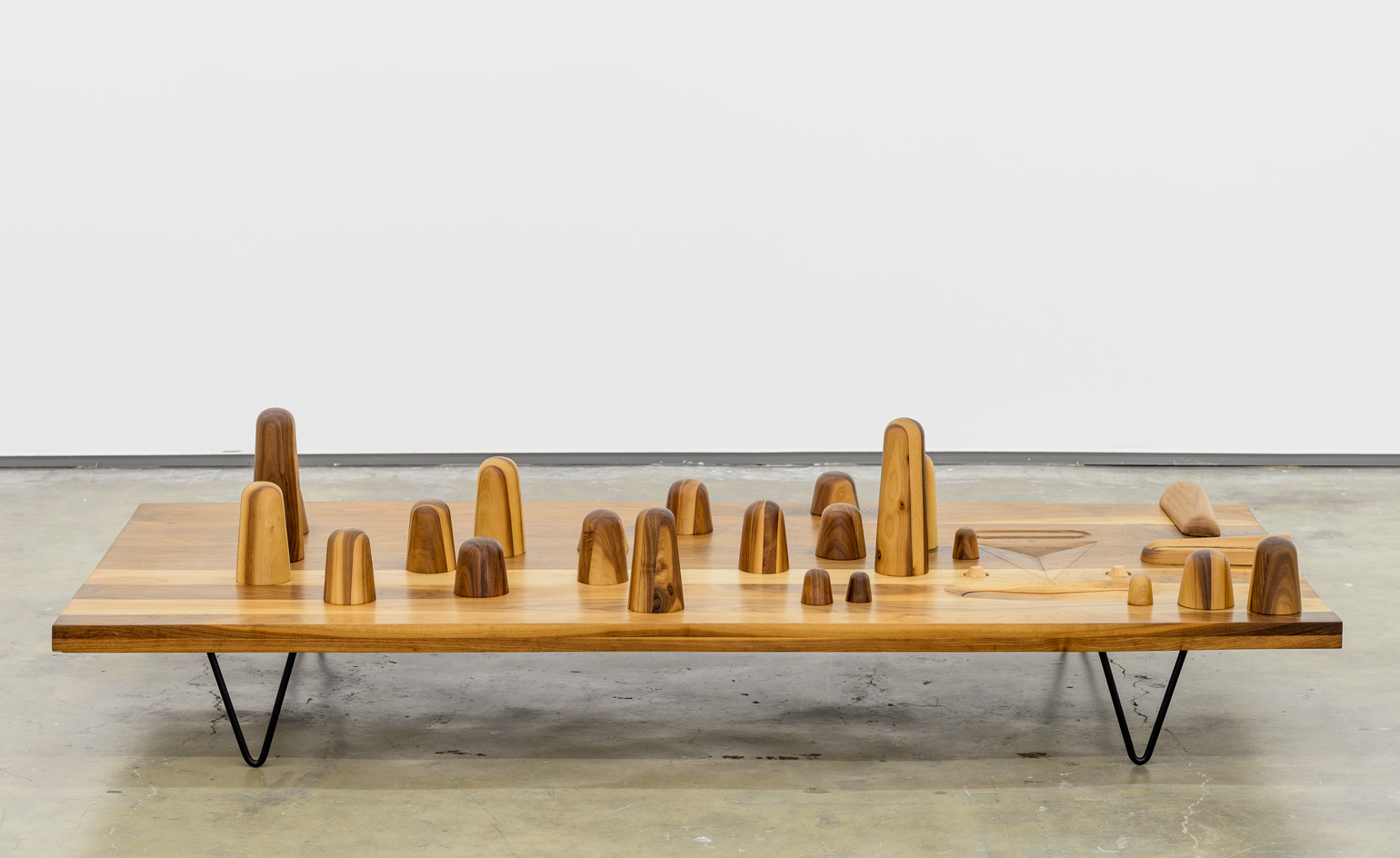
Isamu’s Dream, 2013, by Edgar Orlaineta. Courtesy of the artist and Proyetosmonclova
INFORMATION
For more information, visit the EXPO Chicago website
Receive our daily digest of inspiration, escapism and design stories from around the world direct to your inbox.
Giovanna Dunmall is a freelance journalist based in London and West Wales who writes about architecture, culture, travel and design for international publications including The National, Wallpaper*, Azure, Detail, Damn, Conde Nast Traveller, AD India, Interior Design, Design Anthology and others. She also does editing, translation and copy writing work for architecture practices, design brands and cultural organisations.
-
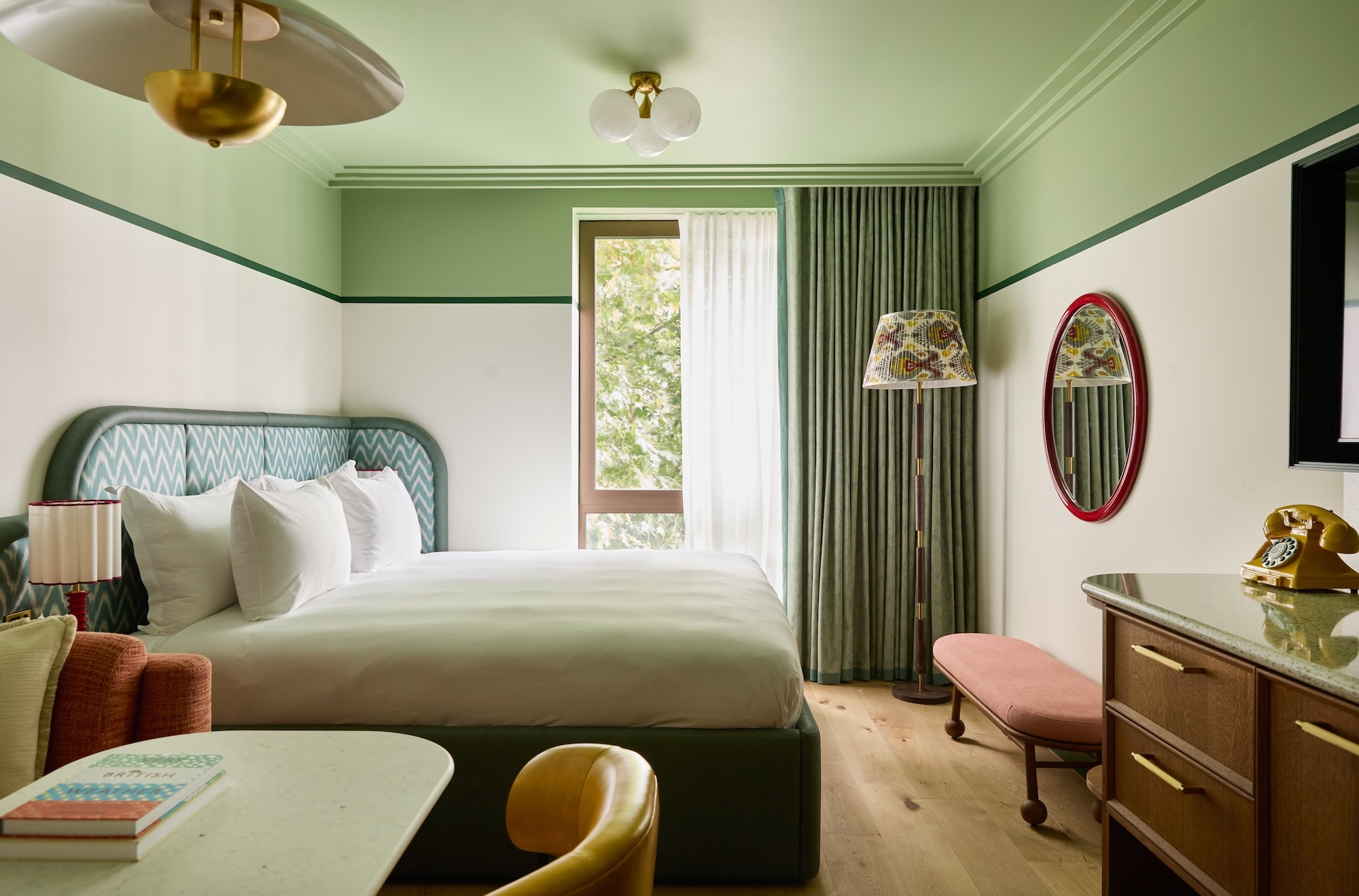 At last: a London hotel that’s great for groups and extended stays
At last: a London hotel that’s great for groups and extended staysThe July London Victoria, a new aparthotel concept just steps away from one of the city's busiest rail stations, is perfect for weekends and long-term visits alike
-
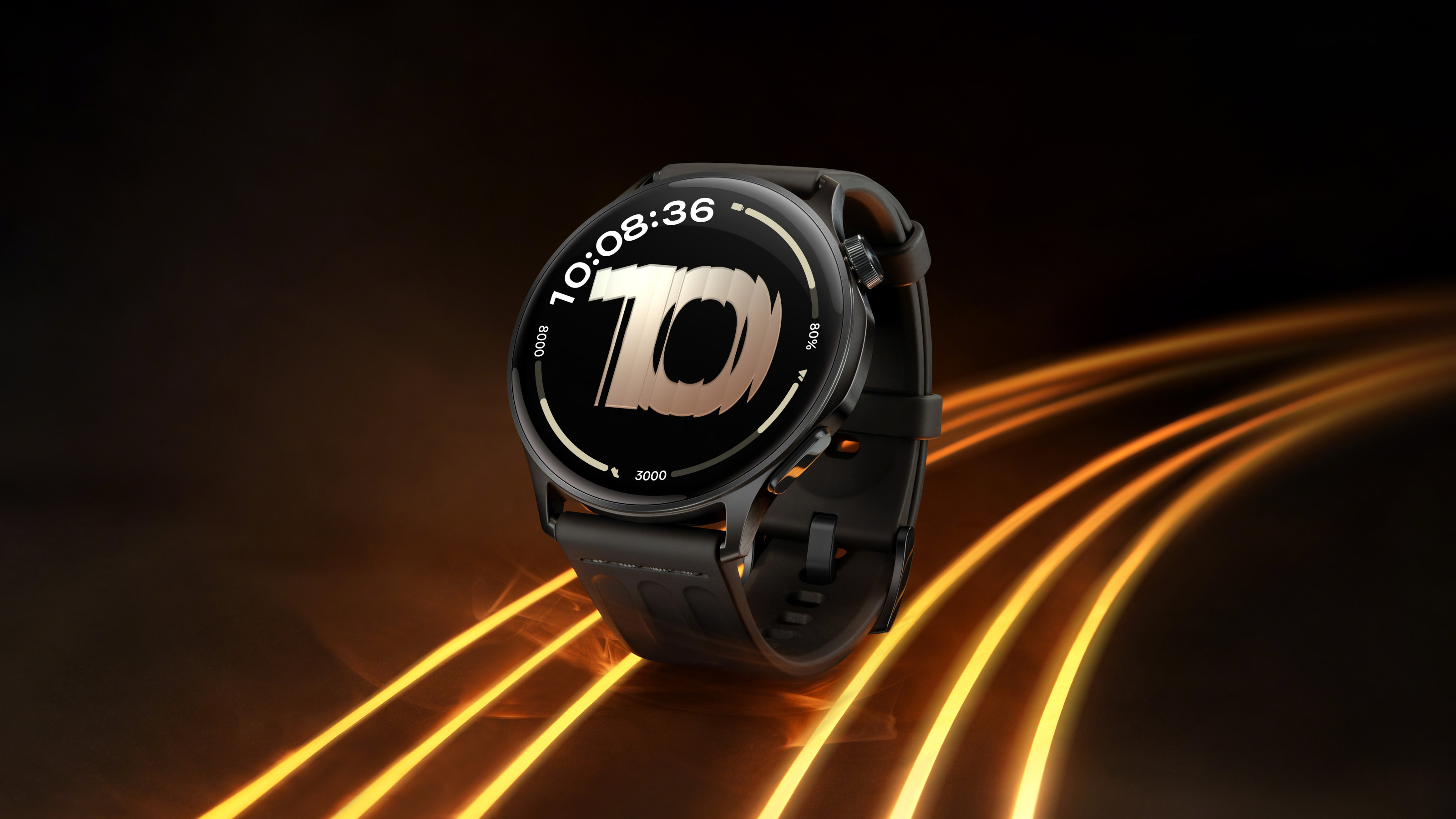 Three new smartwatches showcase new frontiers in affordable timepiece design
Three new smartwatches showcase new frontiers in affordable timepiece designLong may you run: smartwatches from Withit, Kospet and OnePlus favour function and value above all else, demonstrating just how much the smartwatch has evolved in recent years
-
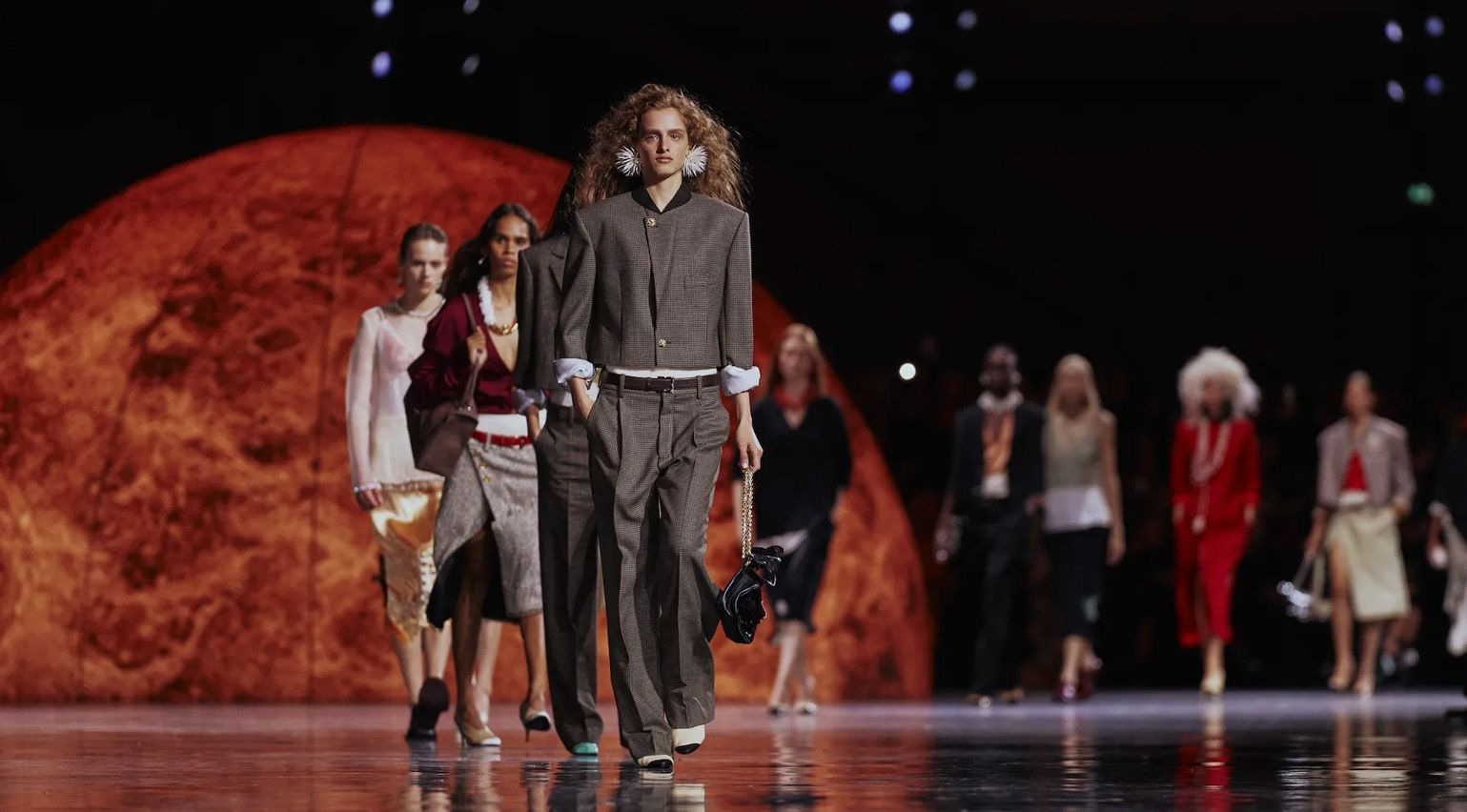 Debuts, dandies, Demi Moore: 25 fashion moments that defined 2025 in style
Debuts, dandies, Demi Moore: 25 fashion moments that defined 2025 in style2025 was a watershed year in fashion. As selected by the Wallpaper* style team, here are the 25 moments that defined the zeitgeist
-
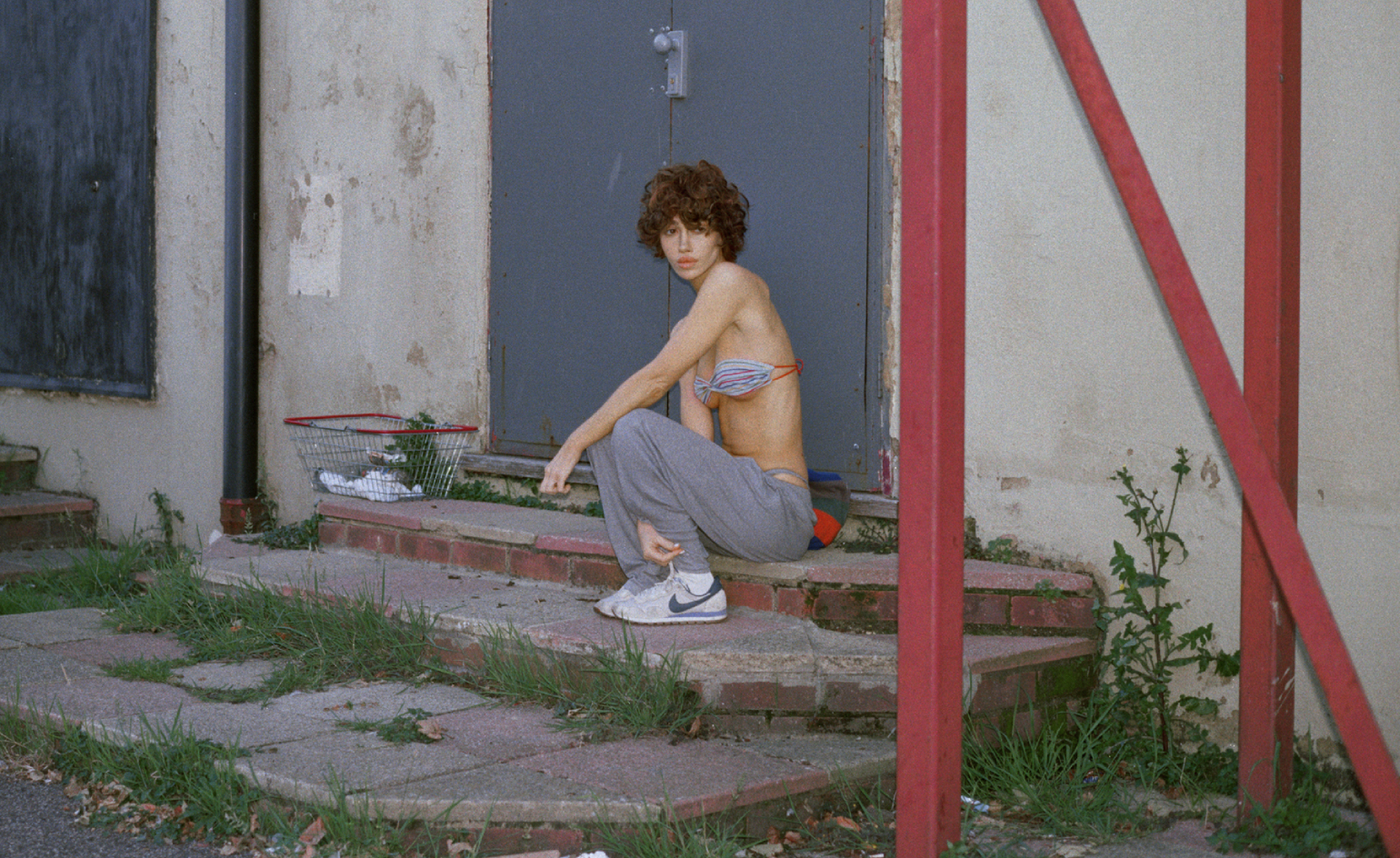 Nadia Lee Cohen distils a distant American memory into an unflinching new photo book
Nadia Lee Cohen distils a distant American memory into an unflinching new photo book‘Holy Ohio’ documents the British photographer and filmmaker’s personal journey as she reconnects with distant family and her earliest American memories
-
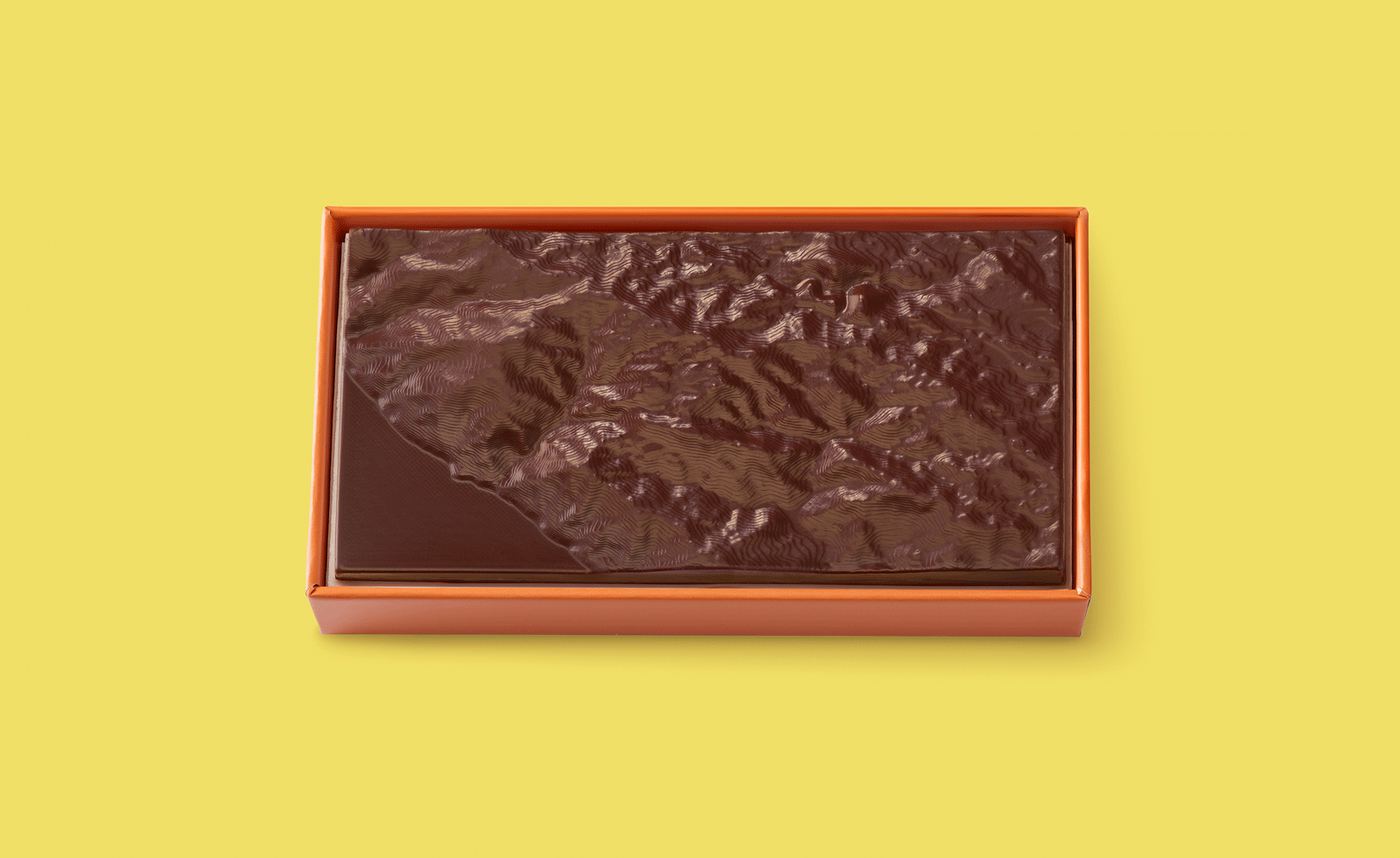 Ed Ruscha’s foray into chocolate is sweet, smart and very American
Ed Ruscha’s foray into chocolate is sweet, smart and very AmericanArt and chocolate combine deliciously in ‘Made in California’, a project from the artist with andSons Chocolatiers
-
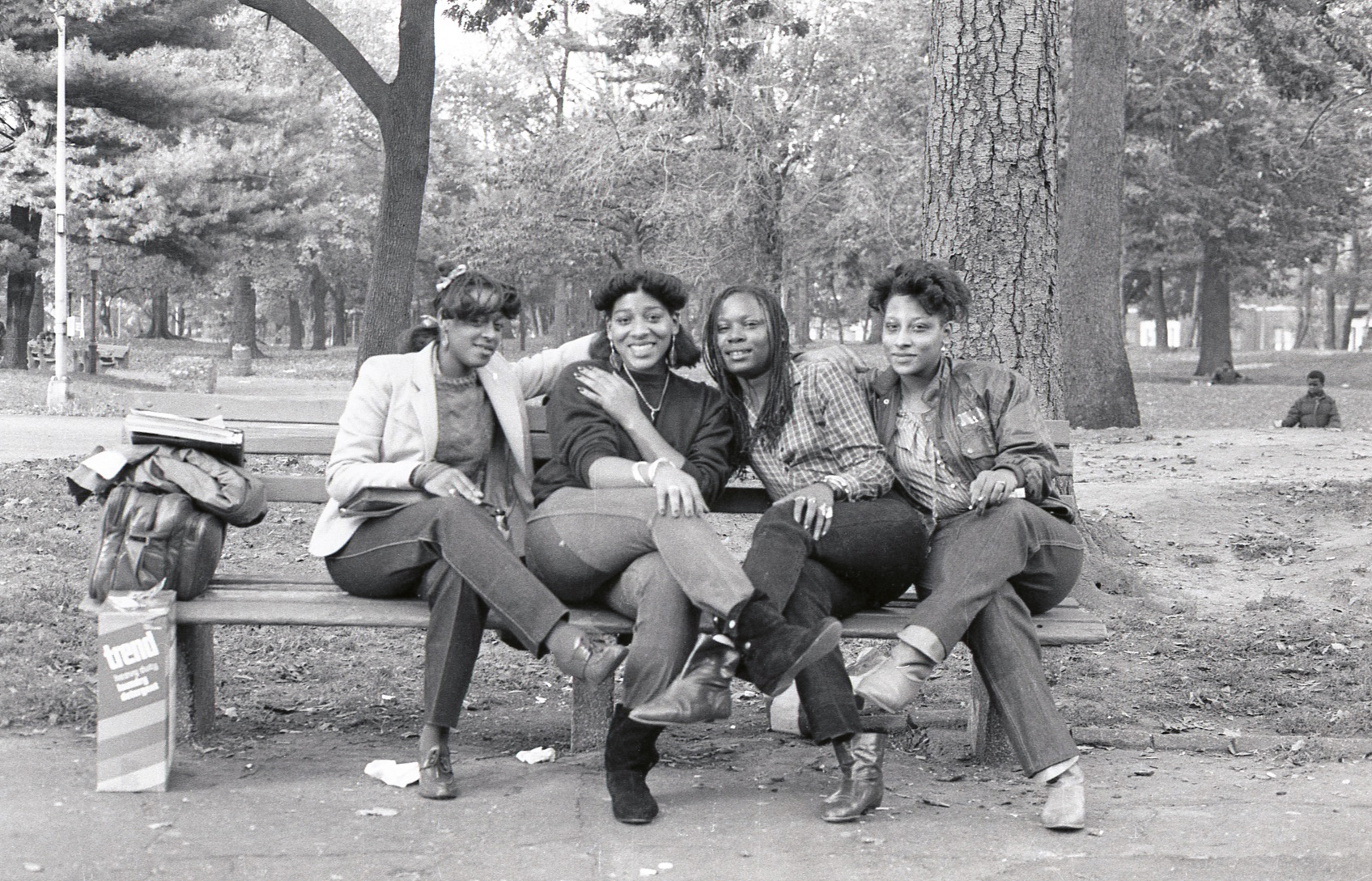 Jamel Shabazz’s photographs are a love letter to Prospect Park
Jamel Shabazz’s photographs are a love letter to Prospect ParkIn a new book, ‘Prospect Park: Photographs of a Brooklyn Oasis, 1980 to 2025’, Jamel Shabazz discovers a warmer side of human nature
-
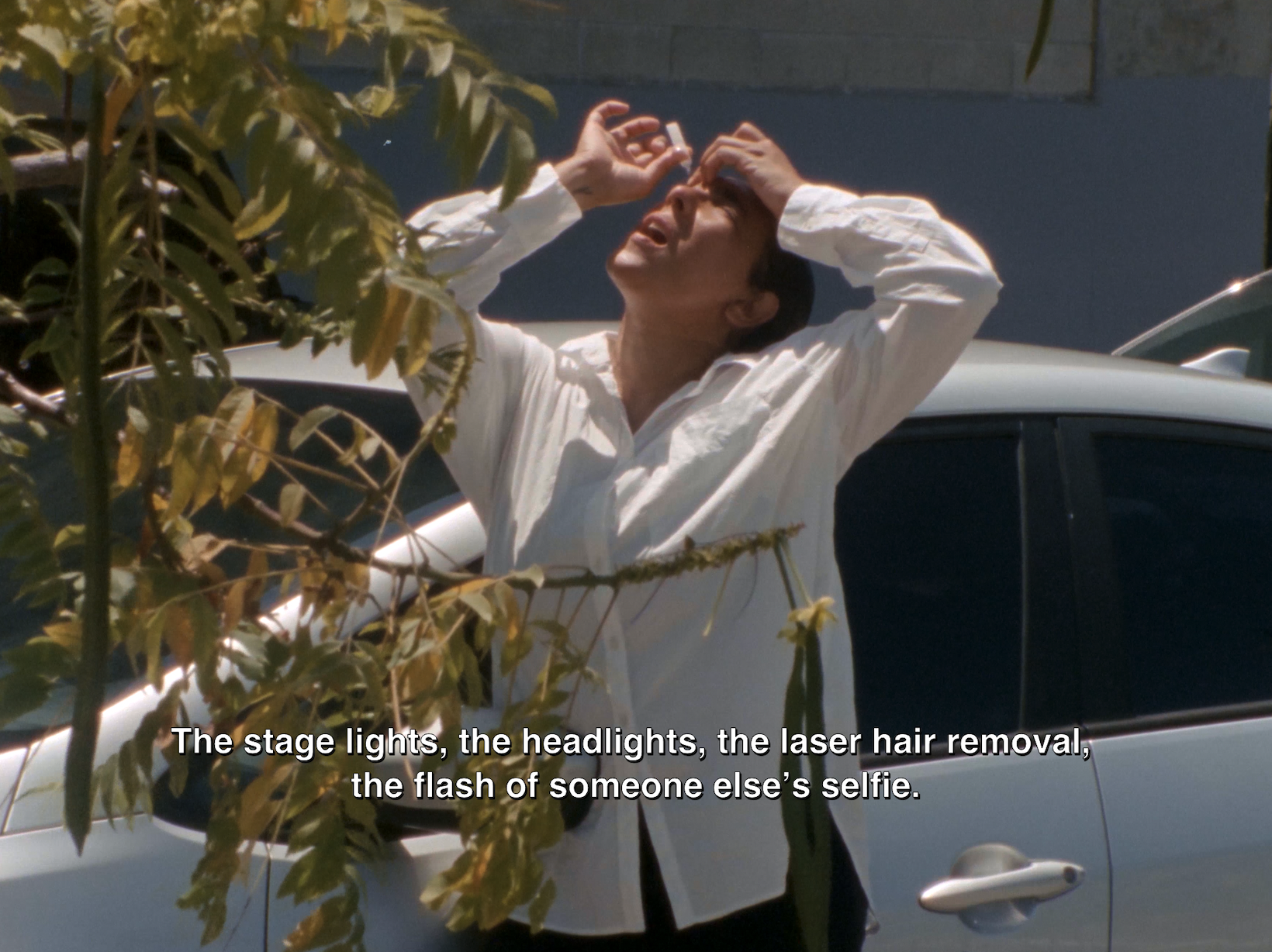 The Hammer Museum in Los Angeles launches the seventh iteration of its highly anticipated artist biennial
The Hammer Museum in Los Angeles launches the seventh iteration of its highly anticipated artist biennialOne of the gallery's flagship exhibitions, Made in LA showcases the breadth and depth of the city's contemporary art scene
-
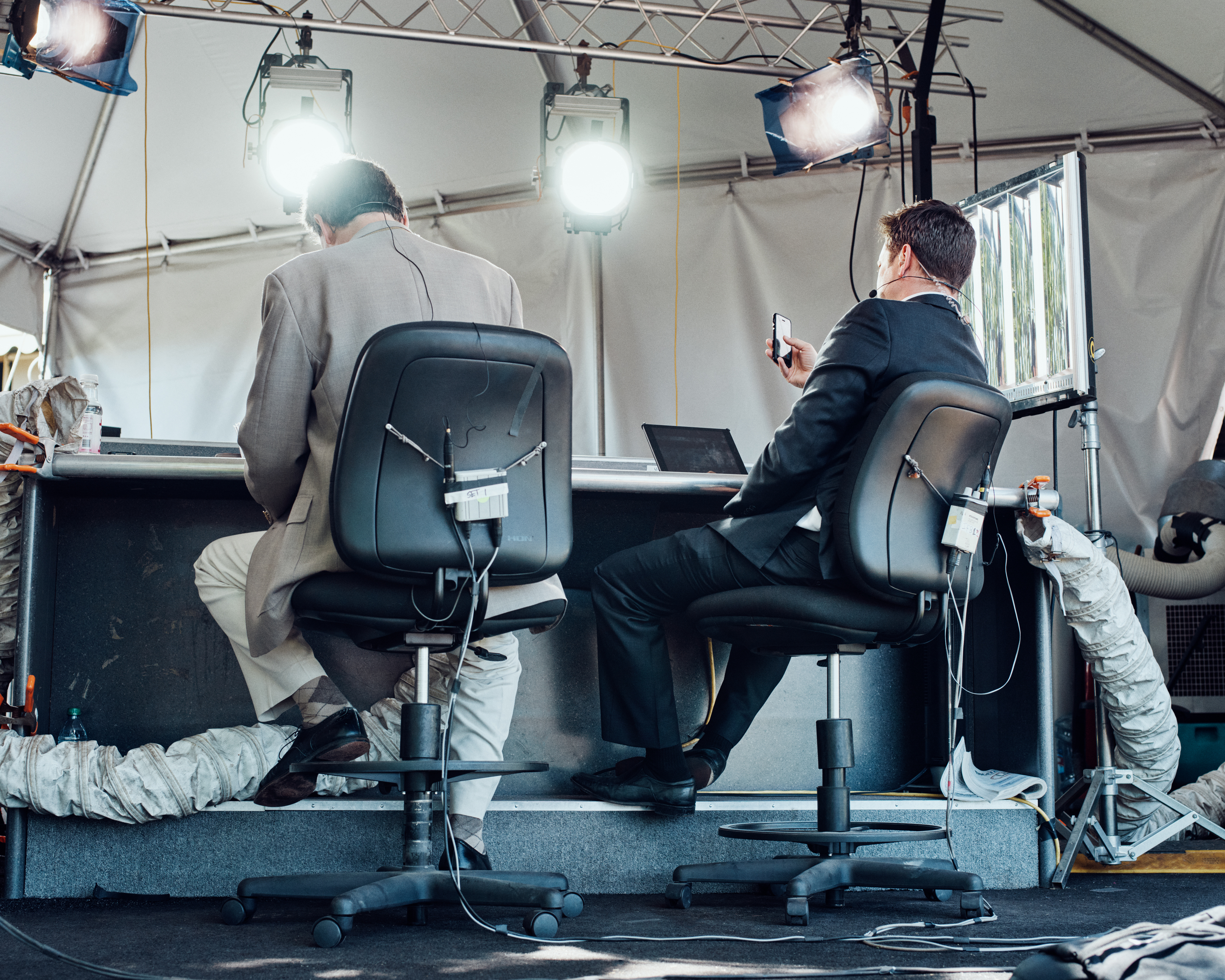 Thomas Prior’s photography captures the uncanny fragility of American life
Thomas Prior’s photography captures the uncanny fragility of American lifeA new book unites two decades of the photographer’s piercing, uneasy work
-
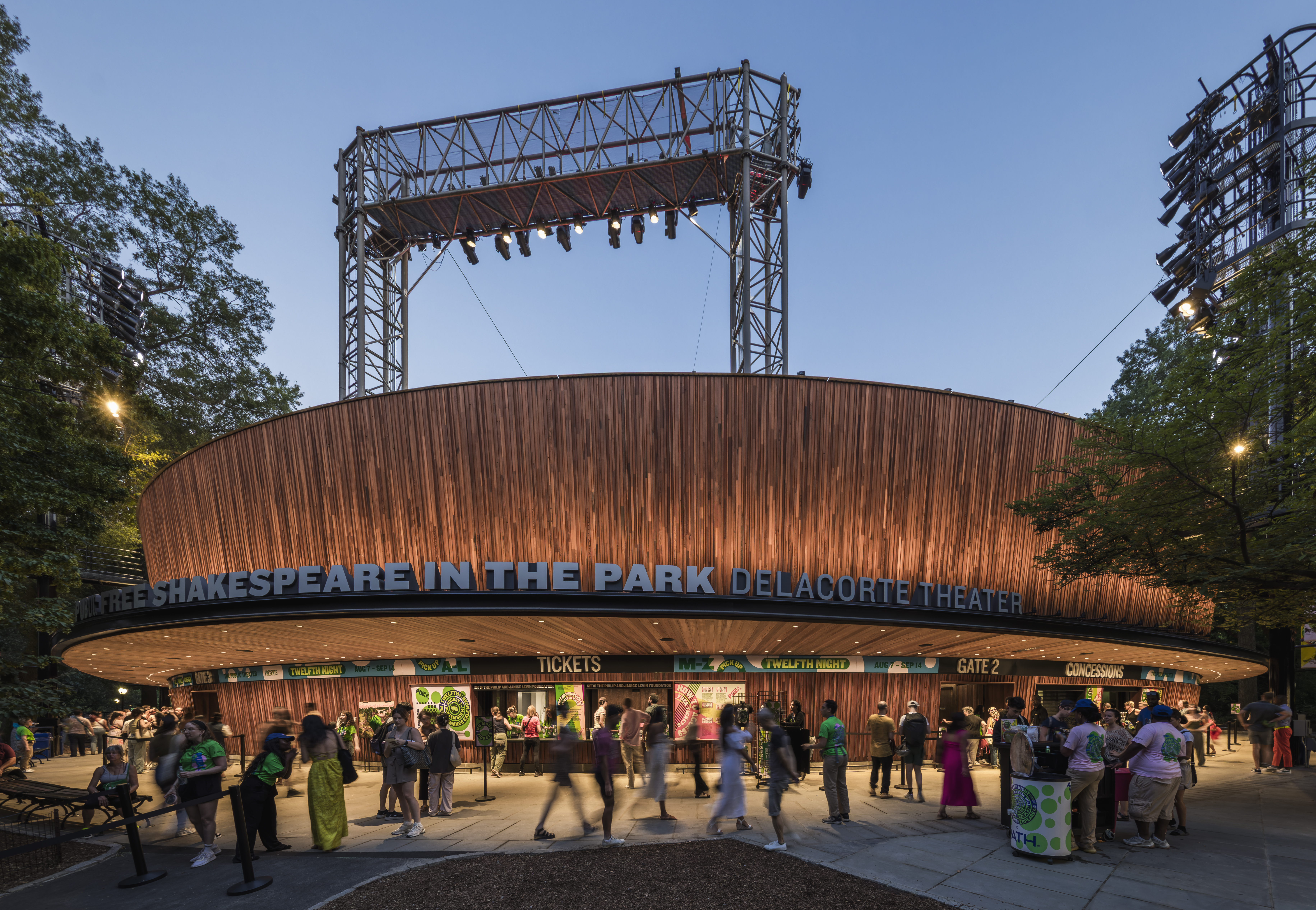 Central Park’s revitalised Delacorte Theater gears up for a new future
Central Park’s revitalised Delacorte Theater gears up for a new futureEnnead Architects helmed an ambitious renovation process that has given the New York City cultural landmark a vibrant and more accessible future
-
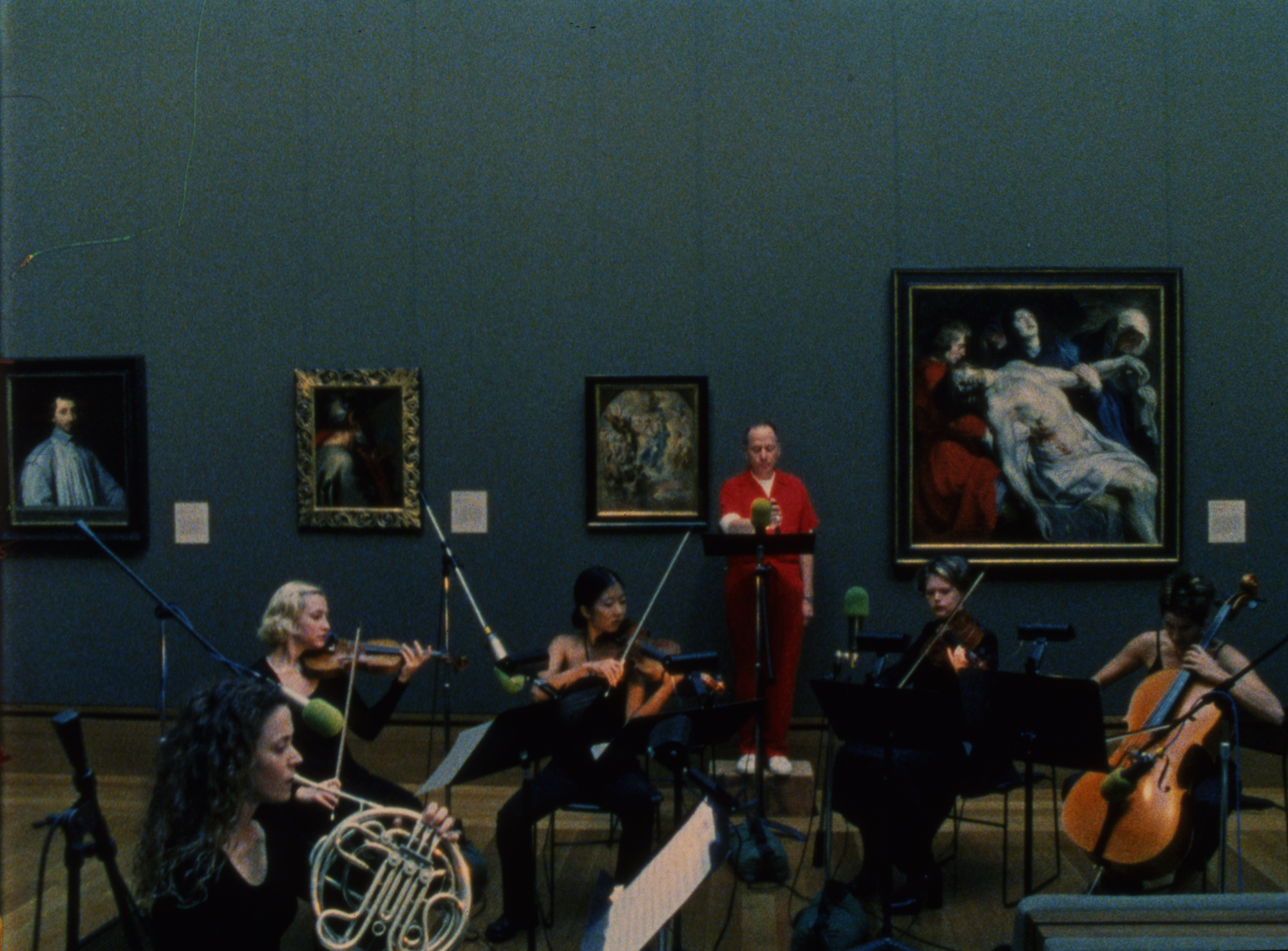 Stephen Prina borrows from pop, classical and modern music: now MoMA pays tribute to his performance work
Stephen Prina borrows from pop, classical and modern music: now MoMA pays tribute to his performance work‘Stephen Prina: A Lick and a Promise’ recalls the artist, musician, and composer’s performances, and is presented throughout MoMA. Prina tells us more
-
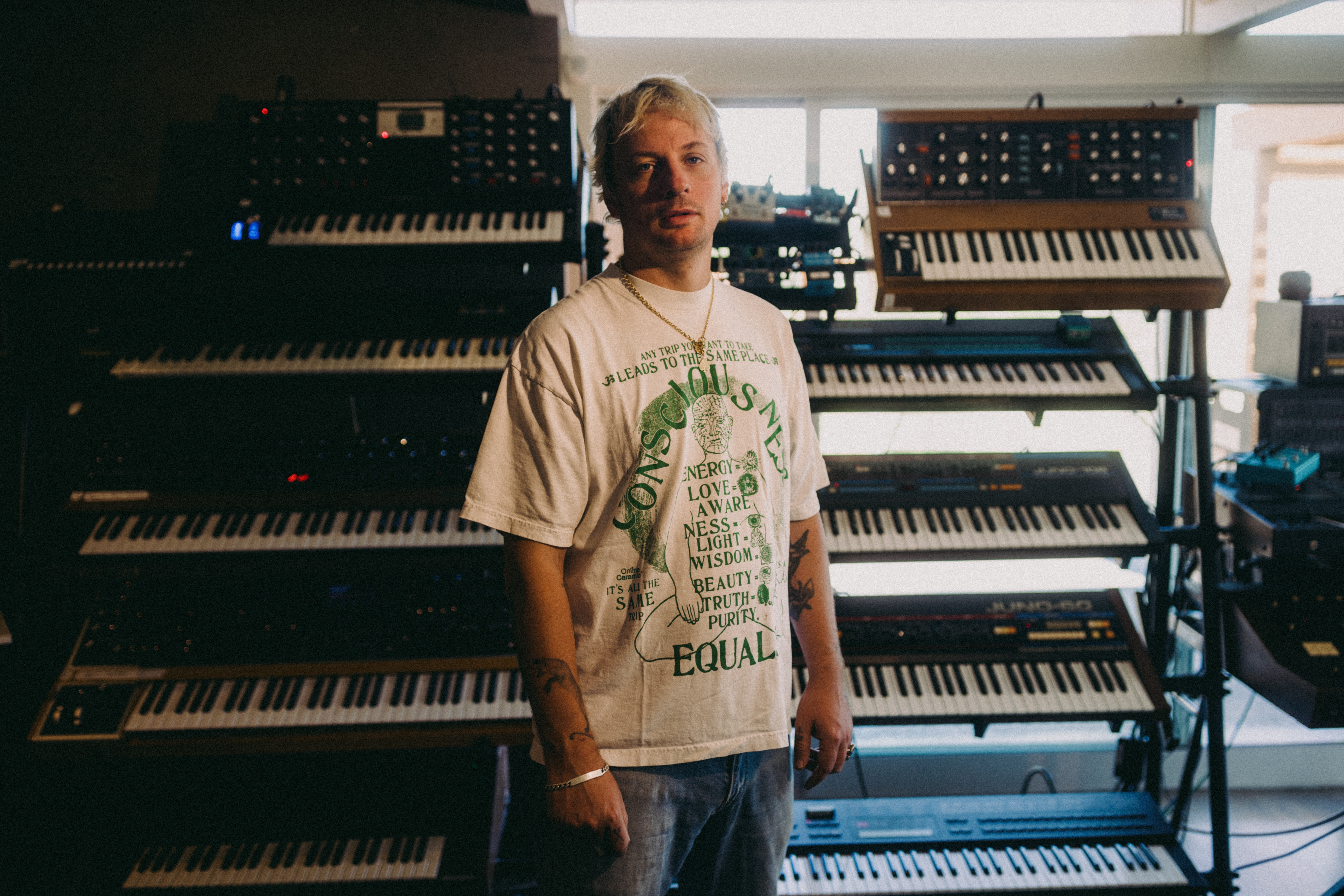 Curtains up, Kid Harpoon rethinks the sound of Broadway production ‘Art’
Curtains up, Kid Harpoon rethinks the sound of Broadway production ‘Art’He’s crafted hits with Harry Styles and Miley Cyrus; now songwriter and producer Kid Harpoon (aka Tom Hull) tells us about composing the music for the new, all-star Broadway revival of Yasmina Reza’s play ‘Art’